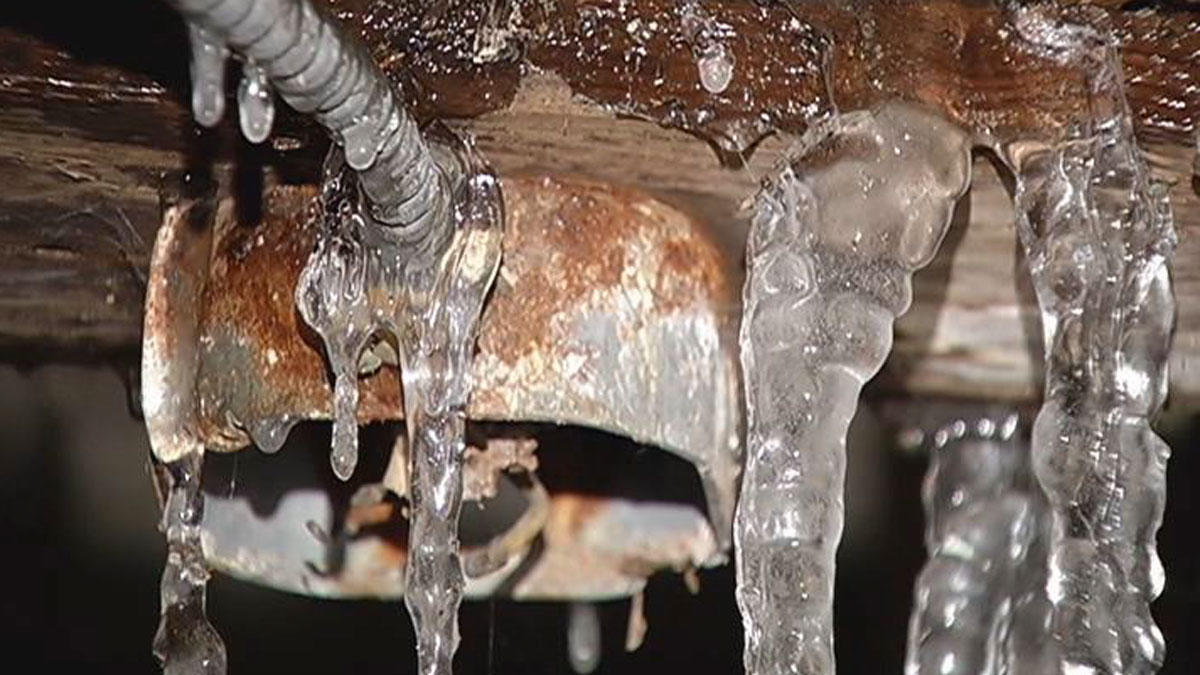Tips to Avoid Frozen Plumbing in Winter: Pro Advice
Tips to Avoid Frozen Plumbing in Winter: Pro Advice
Blog Article
This great article which follows involving How to prepare your home plumbing for winter weather is really captivating. Don't miss out on it.

Winter can wreak havoc on your pipes, especially by freezing pipelines. Below's exactly how to prevent it from taking place and what to do if it does.
Introduction
As temperatures decrease, the danger of icy pipelines increases, potentially bring about pricey fixings and water damages. Understanding how to prevent icy pipes is important for property owners in cool environments.
Avoidance Tips
Protecting at risk pipelines
Wrap pipes in insulation sleeves or utilize warm tape to protect them from freezing temperatures. Focus on pipelines in unheated or exterior locations of the home.
Heating strategies
Keep indoor spaces properly heated up, particularly locations with pipes. Open cupboard doors to permit cozy air to flow around pipelines under sinks.
Just how to recognize frozen pipes
Seek lowered water flow from faucets, uncommon odors or noises from pipes, and noticeable frost on subjected pipes.
Long-Term Solutions
Architectural changes
Consider rerouting pipes away from outside walls or unheated areas. Add additional insulation to attics, basements, and crawl spaces.
Updating insulation
Buy high-grade insulation for pipes, attics, and wall surfaces. Correct insulation assists preserve regular temperature levels and reduces the danger of frozen pipes.
Shielding Outside Pipes
Garden tubes and exterior faucets
Separate and drain pipes yard tubes prior to winter. Set up frost-proof faucets or cover exterior taps with insulated caps.
Comprehending Icy Pipelines
What creates pipes to freeze?
Pipes ice up when exposed to temperatures below 32 ° F (0 ° C) for expanded periods. As water inside the pipelines ices up, it expands, putting pressure on the pipeline wall surfaces and potentially triggering them to burst.
Risks and damages
Icy pipes can result in water supply disturbances, building damages, and expensive repair work. Burst pipes can flood homes and create extensive architectural damages.
Signs of Frozen Water Lines
Recognizing icy pipelines early can avoid them from rupturing.
What to Do If Your Pipes Freeze
Immediate actions to take
If you presume icy pipes, maintain faucets open to soothe pressure as the ice thaws. Utilize a hairdryer or towels soaked in hot water to thaw pipelines gradually.
Verdict
Protecting against icy pipelines requires positive procedures and fast reactions. By understanding the reasons, indicators, and safety nets, house owners can safeguard their plumbing throughout cold weather.
5 Ways to Prevent Frozen Pipes
Drain Outdoor Faucets and Disconnect Hoses
First, close the shut-off valve that controls the flow of water in the pipe to your outdoor faucet. Then, head outside to disconnect and drain your hose and open the outdoor faucet to allow the water to completely drain out of the line. Turn off the faucet when done. Finally, head back to the shut-off valve and drain the remaining water inside the pipe into a bucket or container. Additionally, if you have a home irrigation system, you should consider hiring an expert to clear the system of water each year.
Insulate Pipes
One of the best and most cost-effective methods for preventing frozen water pipes is to wrap your pipes with insulation. This is especially important for areas in your home that aren’t exposed to heat, such as an attic. We suggest using foam sleeves, which can typically be found at your local hardware store.
Keep Heat Running at 65
Your pipes are located inside your walls, and the temperature there is much colder than the rest of the house. To prevent your pipes from freezing, The Insurance Information Institute suggests that you keep your home heated to at least 65 degrees, even when traveling. You may want to invest in smart devices that can keep an eye on the temperature in your home while you’re away.
Leave Water Dripping
Moving water — even a small trickle — can prevent ice from forming inside your pipes. When freezing temps are imminent, start a drip of water from all faucets that serve exposed pipes. Leaving a few faucets running will also help relieve pressure inside the pipes and help prevent a rupture if the water inside freezes.
Open Cupboard Doors
Warm your kitchen and bathroom pipes by opening cupboards and vanities. You should also leave your interior doors ajar to help warm air circulate evenly throughout your home.

Do you like more info about How to Prevent Your Pipes From Freezing? Give feedback down the page. We would be glad to find out your opinions about this content. We hope to see you back again later on. If you please take the time to distribute this blog post if you enjoyed it. Kudos for your time. Please stop by our blog back soon.
Click Here Report this page